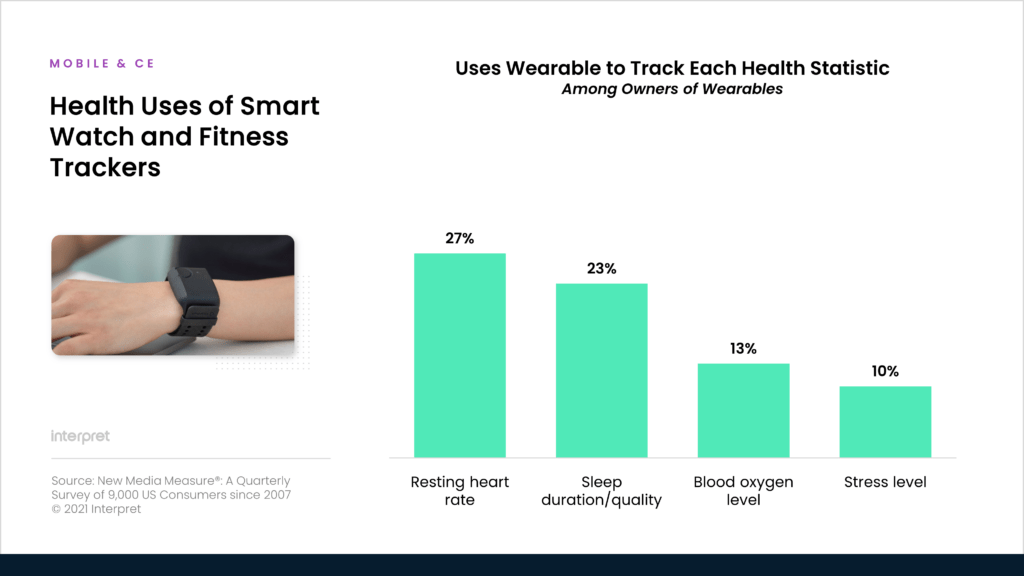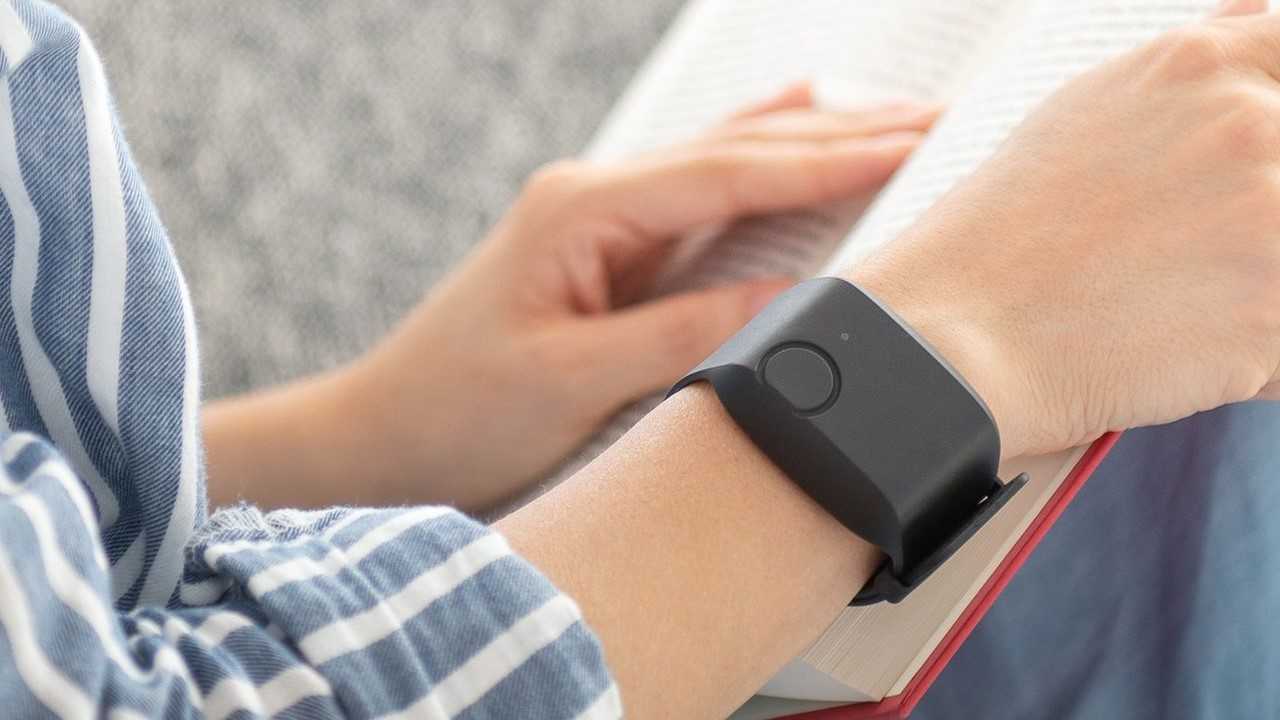As the world continues to deal with the ongoing impact of a global pandemic, scientists and immunologists are continuing to think about ways in which humanity can better prepare for the next unknown virus outbreak. Perhaps one solution will come in the form of wearables. A recent JAMA study has found that today’s wearable devices are so good at detecting illnesses that they can point to a sickness developing in a person before any symptoms show up.
Researchers used wearables data from participants who had volunteered to be infected with the H1N1 virus and the rhinovirus. For both viruses, within 24-36 hours of inoculation, scientists could detect with a high degree of accuracy whether or not an infection was present, and in fact, after the 24-hour mark, they could also determine whether or not an infection was mild or moderate. Participants were given an E4 wristband to wear during the study; these devices track biometrics such heart rate, skin temperature, movement, and electrodermal activity. The wearable is CE-medical certified in Europe and is not for consumer use; in the US, the military has begun utilizing the E4 as part of its own COVID-19 detection system. The E4 was not built for the consumer market, but many of its functions are currently available or will be soon on consumer smartwatches like Apple Watch and Fitbit.
According to Interpret’s New Media Measure®, key biometrics that can point to virus incubation, such as resting heart rate and sleep quality, are already among the top health statistics that wearable owners in the US track. A resting heart rate that becomes elevated is often a sign of a person’s immune system reacting to a virus.
The implications for public health from this study are quite positive, as one of the authors explained: “Harnessing this technology would support early interventions to limit pre-symptomatic spread of viral respiratory infections, which is timely in the era of COVID-19.” That said, challenges remain as wearables from different companies do not share agreed upon standards, nor have the devices been thoroughly tested on a wide enough portion of the population; medical certification for consumer-grade wearables will also present hurdles.
As healthcare technology evolves, consumers may not need a specific wearable to track biometric data, as the next frontier appears to be integrating sensors into fabrics.





